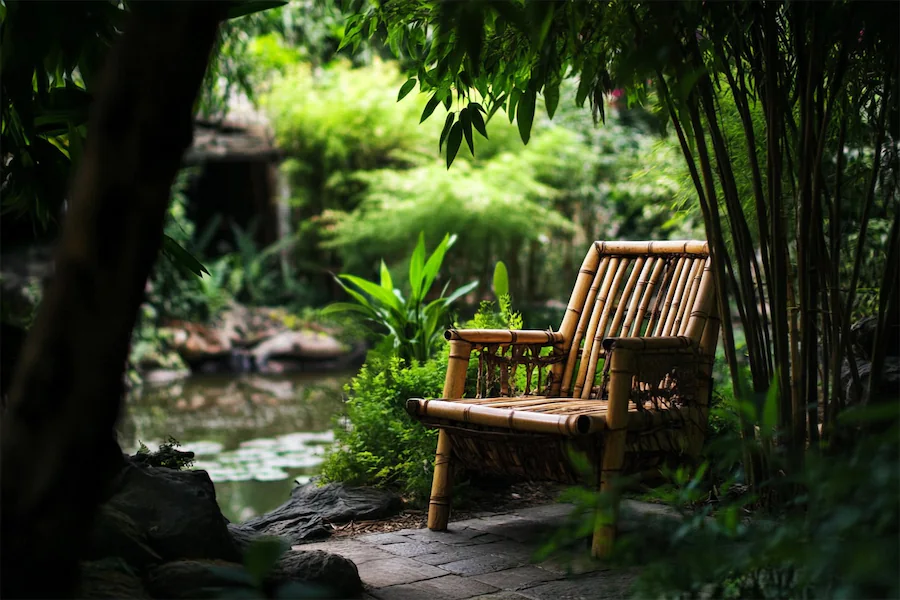Bamboo chairs, renowned for their strength, flexibility, and eco-friendliness, have been integral to furniture design across various cultures for centuries. This article explores their history, key features, applications, considerations for selection, and enduring appeal.
History and Origins of Bamboo Chairs
The use of bamboo in furniture dates back to ancient China, with evidence from the Shang Dynasty (1600–1046 BC) indicating its early application in crafting household items. During the Han Dynasty (206 BC–220 AD), bamboo furniture became more widespread, transitioning from exclusive use by the aristocracy to common households.
In the 19th century, bamboo furniture gained popularity in Western countries, particularly during the Victorian era, as it was associated with exoticism and elegance. Its lightweight and durable nature made it a favored choice for conservatories, porches, and gardens.
Key Features of Bamboo Chairs
Bamboo chairs are distinguished by several hallmark characteristics:
- Strength and Durability: Bamboo’s high tensile strength makes it a robust material for furniture, capable of withstanding significant weight and usage.
- Lightweight Structure: Despite its strength, bamboo is lightweight, making chairs easy to move and rearrange.
- Flexibility: Bamboo’s natural flexibility allows for the creation of various designs, from straight-backed chairs to more intricate, curved forms.
- Eco-Friendliness: As a rapidly renewable resource, bamboo is an environmentally sustainable choice for furniture production.
Applications of Bamboo Chairs
Bamboo chairs are versatile and enhance various settings:
- Indoor Use: Ideal for living rooms, dining areas, and bedrooms, adding a natural and aesthetic appeal to interiors.
- Outdoor Use: Suitable for patios, gardens, and balconies due to bamboo’s resistance to moisture and insects when properly treated.
- Commercial Spaces: Commonly used in cafes, restaurants, and resorts to create a relaxed and tropical ambiance.
Considerations When Choosing a Bamboo Chair
When selecting a bamboo chair, consider the following factors:
- Quality of Construction: Ensure the chair is well-crafted, with smooth finishes and sturdy joints, indicating durability.
- Treatment and Finish: Look for chairs that have been properly treated to resist pests and environmental factors, especially if intended for outdoor use.
- Design and Comfort: Choose a design that complements your décor and provides adequate comfort, possibly with added cushions.
- Maintenance: Be prepared for regular cleaning and occasional re-treatment to maintain the chair’s appearance and longevity.
- Sustainability: Opt for chairs made from sustainably sourced bamboo to support eco-friendly practices.
Conclusion
From their ancient origins to modern applications, bamboo chairs have maintained their appeal through a unique combination of strength, flexibility, and environmental sustainability. Their timeless design and versatility ensure their continued presence in both residential and commercial settings.
